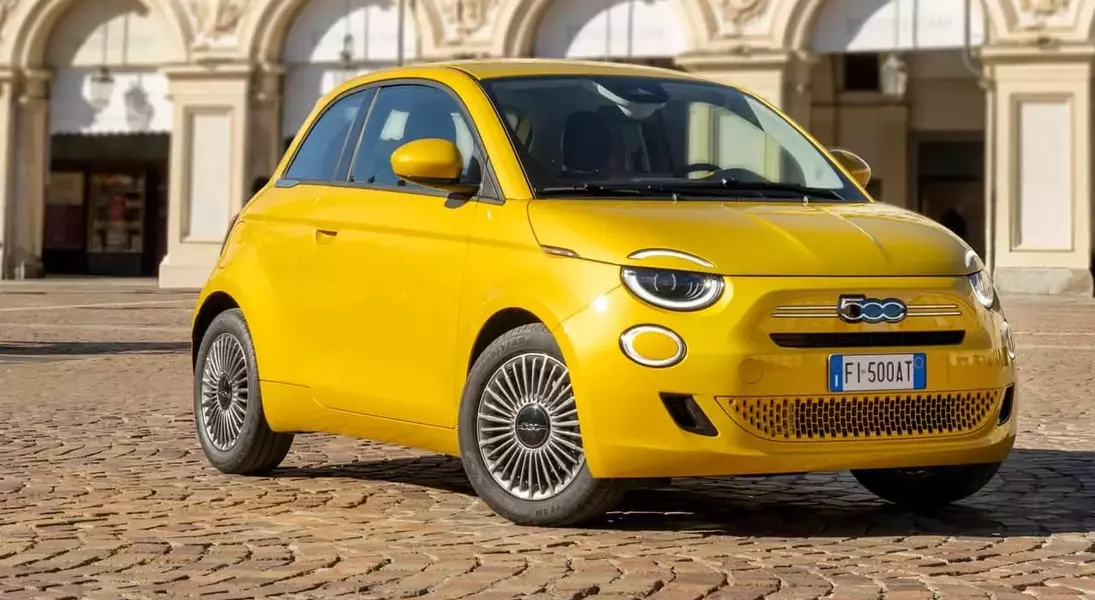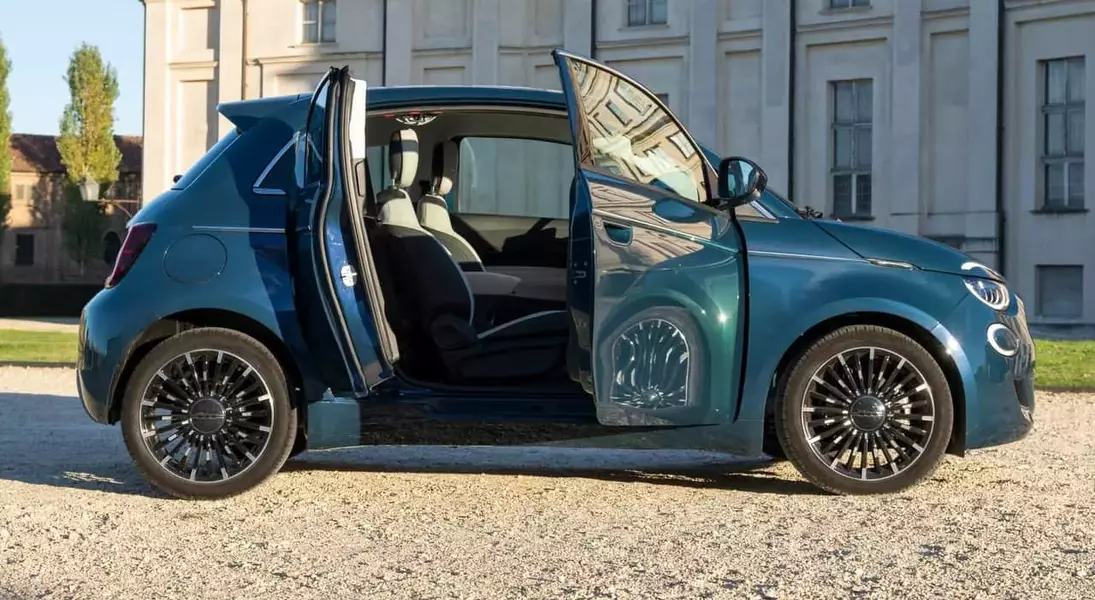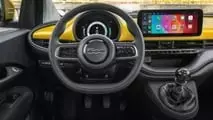









Experience Urban Elegance at Your Own Pace with the New Fiat 500
Fiat's Reassessment of the Electric Future: The Return of the Combustion Engine
Initially, many automotive manufacturers, including Fiat, might have overly optimistically projected the swift transition to electric vehicles. The current Fiat 500 generation was not conceived with an internal combustion engine (ICE) option in mind. However, reflecting a revised market approach, Fiat has now officially reintroduced a petrol-powered variant of the city car. This new model is equipped with a modest 65-horsepower turbocharged three-cylinder engine, clearly not designed for high-speed performance.
Performance Dynamics: Prioritizing Urban Maneuverability Over Speed
Indeed, with its compact 1.0-liter engine, the Fiat 500 stands as one of the slower-accelerating vehicles available in Europe. The hatchback version requires a leisurely 16.2 seconds to reach 62 mph (100 km/h), while the slightly heavier convertible takes an even more relaxed 17.3 seconds. However, this vehicle is evidently not engineered for setting track records. Its design ethos focuses squarely on urban utility, making rapid acceleration less of a priority for its target demographic.
Designed for the City: Functional Speed and Everyday Practicality
The Fiat 500's enduring appeal lies in its suitability for city environments, where brisk acceleration from 0 to 62 mph is rarely a critical factor for buyers. Its modest top speeds of 96 mph (155 km/h) for the hatchback and 93 mph (150 km/h) for the convertible are perfectly adequate for navigating congested urban streets and stop-and-go traffic. While the threshold for what constitutes a "dangerously slow" car is subjective, the Fiat 500's performance characteristics align well with its intended urban role.
Under the Hood: Technical Specifications and Mild-Hybrid Integration
Delving into the technical aspects, the three-cylinder engine delivers 68 pound-feet (92 Newton-meters) of torque to the front wheels, managed by a six-speed manual gearbox. The vehicle is also designated as a "Hybrid," though it operates as a mild-hybrid system. In its lightest configuration, the hatchback variant of the Fiat 500 Hybrid weighs in at 2,325 pounds (1,055 kilograms), with the convertible being marginally heavier at 2,429 lbs (1,102 kg).
Driving Experience: Manual Transmission and Unique Asymmetrical Design
For some, the absence of an automatic transmission might be a point of contention, especially for a city car where ease of driving is often valued. However, Fiat steers customers towards the all-electric 500e if they prefer an automatic option. Interestingly, the new gasoline model inherits the distinctive 3+1 door layout from its electric counterpart. This asymmetrical design, featuring a small rear-hinged door on the passenger side, echoes the Mazda RX-8 and enhances rear-seat accessibility without enlarging the car's overall footprint.
Market Positioning: Fiat 500 vs. Competitors and Future Outlook
The reintroduction of a gasoline engine for the 500 is illustrative of the automotive industry's recalibration concerning electric vehicle strategies. In contrast, Toyota has maintained investment in the A-segment with models like the slightly larger Aygo X, which offers a hybrid powertrain with more power (114 hp) and faster acceleration (sub-10 seconds to 62 mph) at a competitive price point. Despite the Fiat 500 potentially appearing less compelling on paper compared to some rivals, its unique charm and iconic design continue to differentiate it in the market. While Fiat once aimed for a fully electric lineup by 2027, the return of the ICE 500 suggests a more prolonged role for conventional powertrains, although impending EU regulations could see new combustion engine car sales phased out by 2035.
